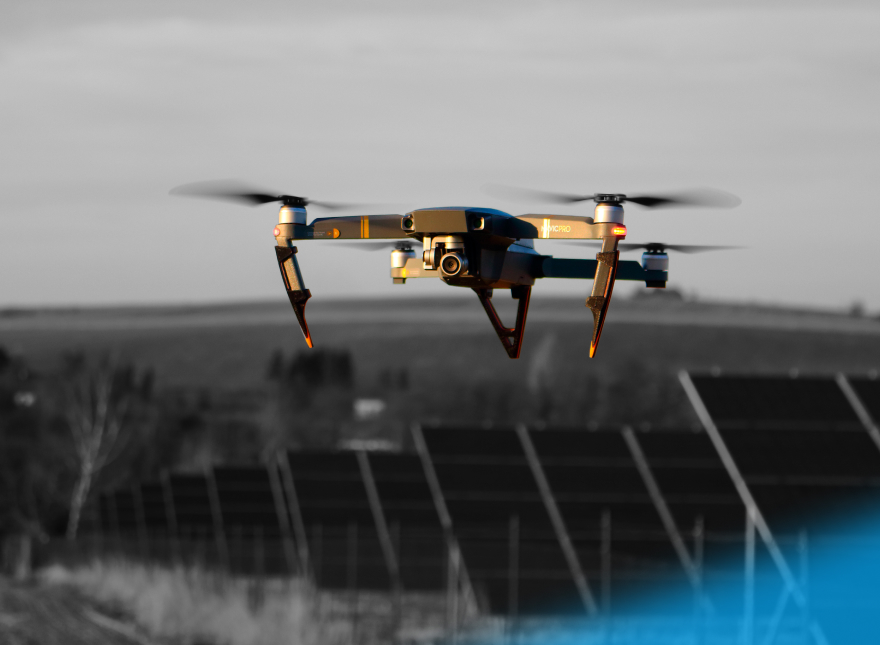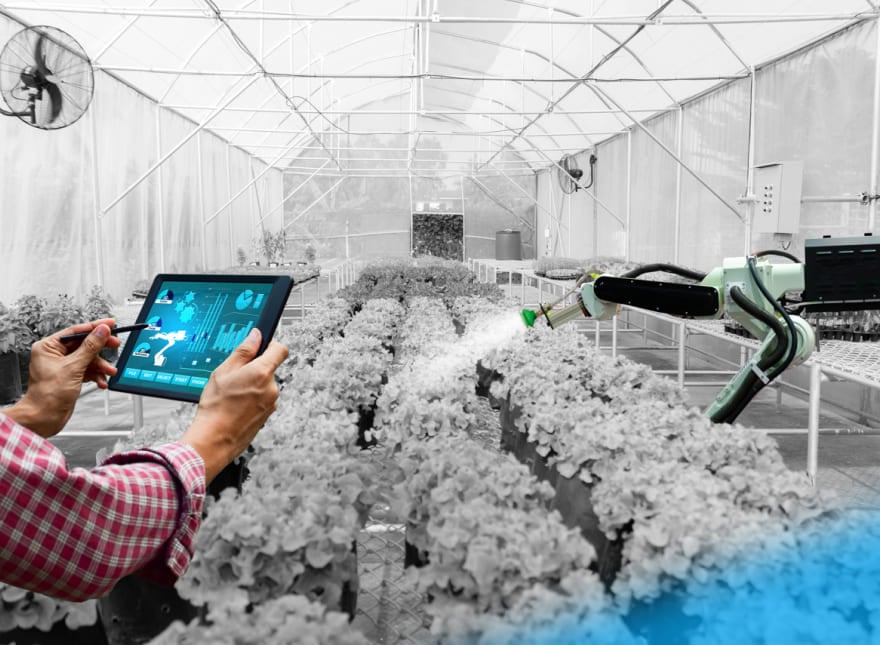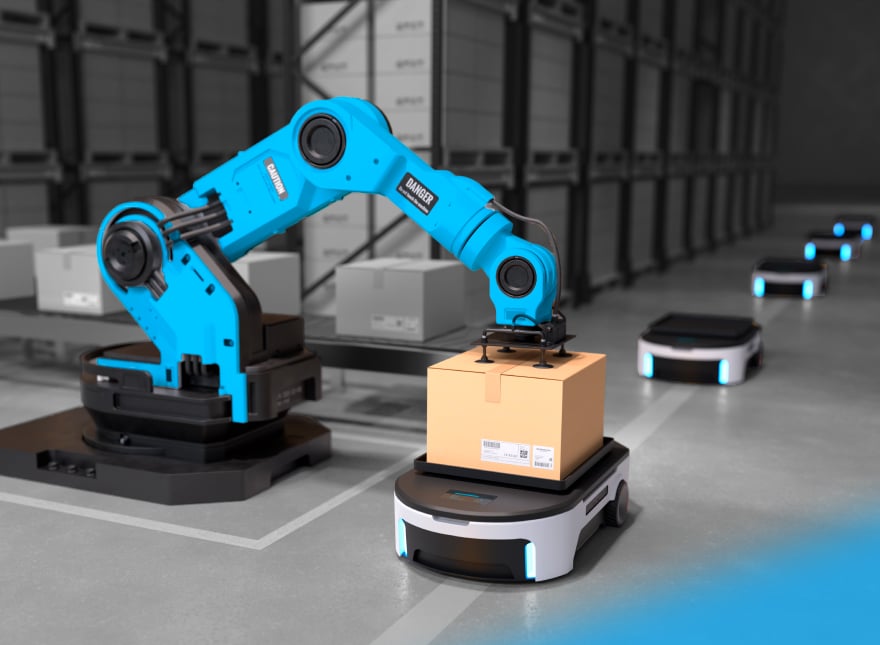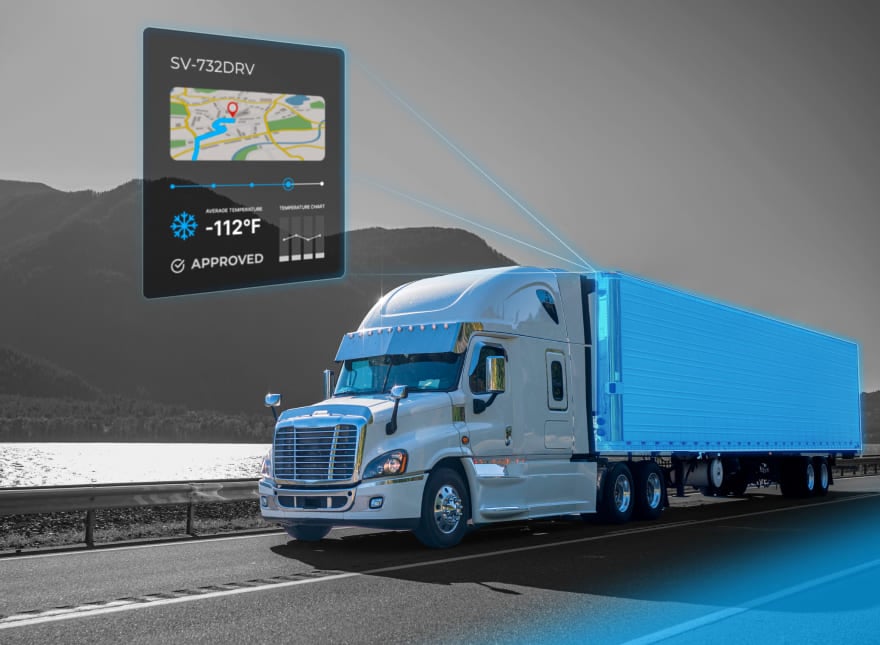Five Examples of Green Supply Chain Management
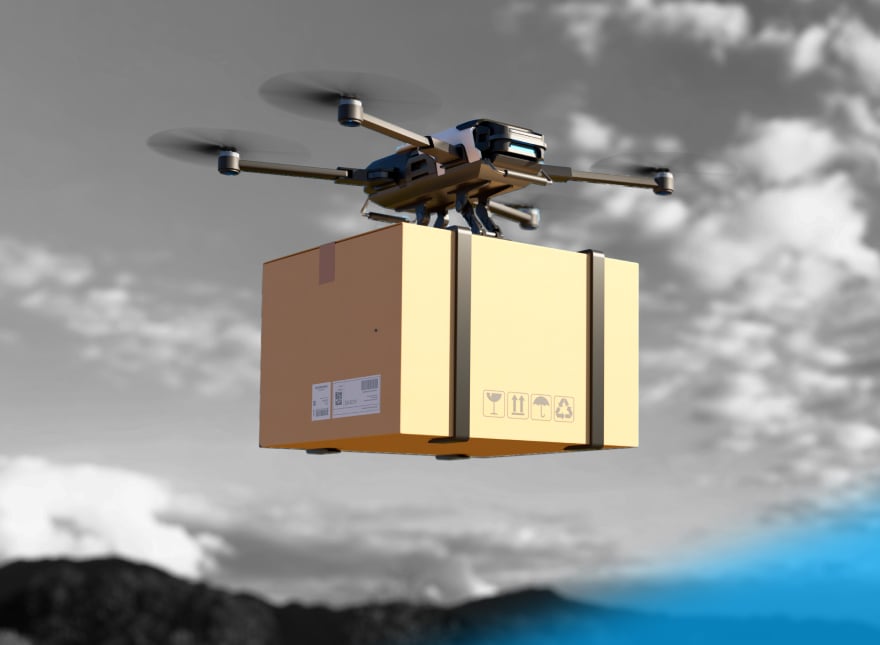
Imagine you need to buy aluminum for your production and you have two suppliers to choose from. Their carbon footprint differs: the first produces 90% less carbon than the second. Since you care about the environment, your choice is simple: you’ll buy from the first supplier.
But how do you get to the point where the choice is obvious? You have to collect data, build an AI model that can take multiple factors into account, and digest its insights.
Interestingly, with AI, you get more room for maneuver. That’s because you’ll know which suppliers are producing the least CO2, as well as the reason why. You can then suggest improvements to other suppliers interested in partnering with you.
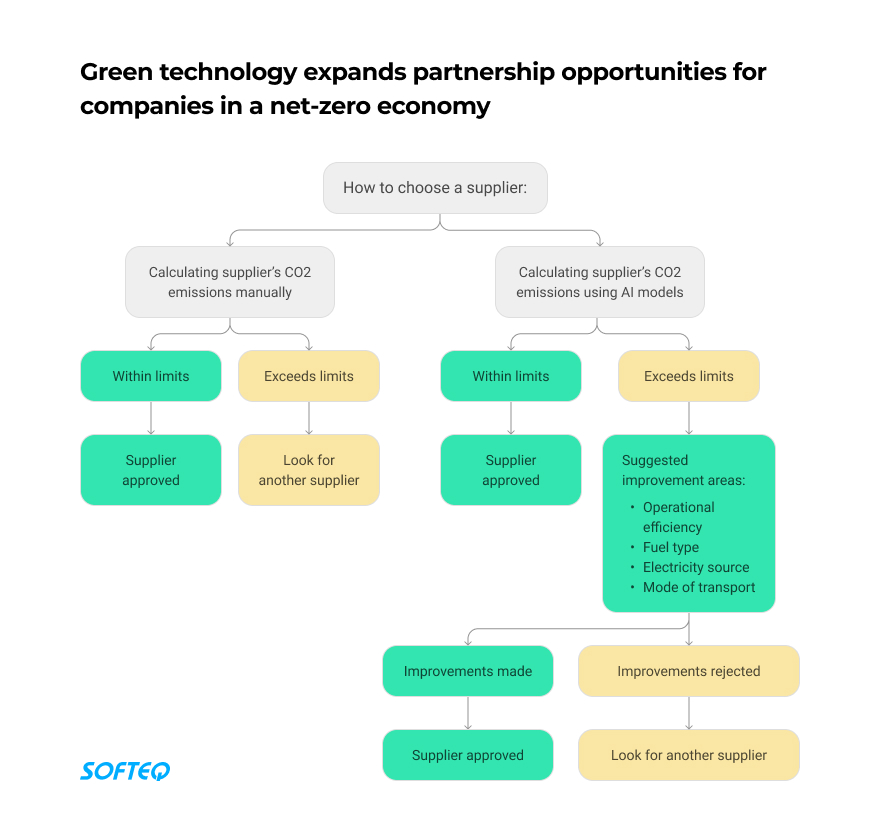
This is how solutions for green supply chain management help businesses on their way to a green economy. Let’s dive into this approach, see what it offers, and then look at five use cases along with real-life examples.
Table of Contents
- What Is Green Supply Chain Management (GSCM)?
- Case 1. Reducing Food Waste with IoT
- Case 2. Reducing CO2 Emissions with Delivery Drones
- Case 3. Ensuring Supply Chain Transparency with Blockchain
- Case 4. Calculating Emissions Through the Entire Supply Chain with AI
- Case 5. Reducing CO2 Emissions with Optimized Logistics
- To Sum Up
What Is Green Supply Chain Management (GSCM)?
Green supply chain management is an approach that integrates eco-friendly methods into traditional supply chain management. Its goal is to reduce the harm that occurs at every stage of product creation—purchasing, production, material management, distribution, and logistics.
Why would companies make such an effort? There’s a growing number of government policies forcing companies to go green. In March 2022, for example, the US Securities and Exchange Commission proposed new environmental rules. They would require US companies to list their green gas emissions. Such transparency may affect companies’ reputations and investors’ decisions. As a result, companies can’t ignore environmental regulations.
To make their supply chains more eco-friendly, companies need to analyze what’s going on within them. This is where advanced technologies step in:
- The internet of things (IoT) collects data for future optimization. IoT solutions provide a clear picture of inventory, energy use, and product shelf-life.
- Artificial intelligence (AI) analyzes large amounts of data. The technology provides companies with insights on how to reduce waste and carbon emissions.
- Blockchain captures any changes in the product creation process. This enables companies to detect fraud from any of their suppliers.
Let’s take a closer look at five use cases of green supply chain solutions.
Case 1. Reducing Food Waste with IoT
Globally, one-third of the food produced is wasted. That’s more than $1T worth of food per year.
But this isn’t just about products that will never be used. There’s also the indirect waste of energy and water needed to grow, harvest, transport, and package the food. And, to top it all off, if the food ends up in landfill and rots, it produces methane. Methane is a greenhouse gas far more potent than carbon dioxide.
One of the main causes of food waste is temperature changes during transport. This is unsurprising, since unexpected delays due to traffic or poor weather are common. Moreover, some boxes in the truck are placed closer to the refrigerator. That’s why products transported on the same pallet may have different freshness levels. So, without monitoring the temperature en route, use-by information may be completely irrelevant.
Cold chain solutions with IoT can track food temperature on its way to the counter. And later, restaurants and retailers may use this data to sell or process food at the right time, avoiding waste.
Real-life Example: Tracking Food Freshness
Evigence produces low-cost sensors that track the remaining shelf-life of products. Sensors are attached to the boxes in which products are transported and stored. They change color depending on the products’ freshness level.
The sensor color tells restaurant or supermarket employees which box should be used as soon as possible and which can be put aside for later. The sensors start out green and change to red, indicating that the product is no longer fresh. The user can also scan sensors using a mobile app to see how many hours remain until the product is no longer usable.
Case 2. Reducing CO2 Emissions with Delivery Drones
The transportation sector accounts for a third of all greenhouse gas (GHG) emissions. One-third of them come from freight.
Delivery drones can cut emissions by half.
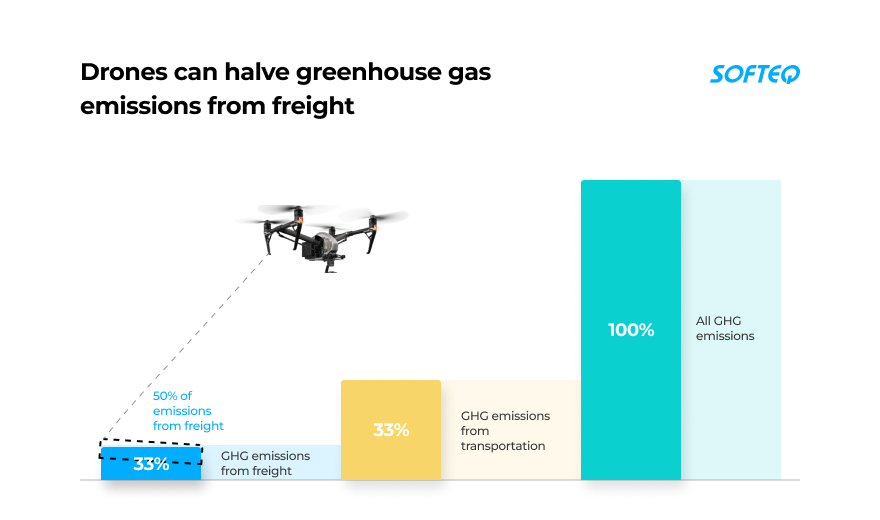
Of course, a delivery truck can carry more packages at once than a drone can. However, the drone still needs much less energy to transport the same quantity of goods.
The advantages of green logistics with drones don’t end there. The way delivery drones operate can reduce their power needs. This happens because they rely on AI to create the most efficient delivery routes.
Real-Life Example: Enabling Green Logistics in Remote Areas
RigiTech has developed an autonomous drone for rapid cargo delivery. It can deliver cargo weighing up to 2.5 kg within a radius of 100 km. The solution uses AI to design the shortest route allowed for drone flights. Unlike delivery cars and trucks, drones can bypass cities, rivers, lakes, and mountains. This ensures the uninterrupted delivery of heat-sensitive goods such as medicines and vaccines.
Benefits at a Glance
- Reduced CO2 emissions by half
- Reduced both delivery times and transport costs by 10 times compared to ground transportation
- Enabled cold-chain delivery
- Enabled delivery in remote areas

Case 3. Ensuring Supply Chain Transparency with Blockchain
When brands label their products as sustainable, they show that they’re using organic or recycled materials. Usually, such garments cost more because of the extra work involved in making the process as low-impact as possible.
But organic clothes may not be as environmentally friendly as consumers think. Firstly, some brands may use sustainability as a marketing ploy to cash in on consumer anxiety. In fact, 60% of sustainable fashion claims are misleading. Secondly, most brands can’t trace their suppliers beyond tier one and tier two, so they can’t be completely sure they’re using clean materials.
Blockchain helps companies cope with these challenges. The technology records every step of product creation, from raw material to store shelves. Another advantage of blockchain is immutability. Once data has been recorded, there’s no way to alter it. Thus, blockchain provides a verified source of truth to everything that happens in the supply chain.
Real-Life Example: Verifying Sustainable Materials
TextileGenesis created a blockchain-based platform for fashion brands. The solution verifies the origin of textiles and uses digital tokens as the “currency” throughout the supply chain. Tokens can only be created by fiber manufacturers according to the amount of material produced. They assign one token to each kilogram of fiber. Then, they provide digital coins to a customer along with the produced fiber.
Using a mobile app, brands, retailers, and customers can scan the barcode to trace a product’s origin and journey. That way, they can make sure the product is 100% sustainable.
Benefits at a Glance
- Verified origin of sustainable materials
- Increased customer loyalty due to transparency
Case 4. Calculating Emissions Through the Entire Supply Chain with AI
At the end of 2022, the Corporate Sustainability Reporting Directive (CSRD) enters into force in the EU. More than 50,000 companies will have to disclose their environmental impact, including emissions in their supply chains. This is bad news for some US companies, as they’ll also need to comply if at least one of their subsidiaries is in the EU.
Calculating emissions in the supply chain is quite difficult. First of all, it takes a very long time because of the huge amount of data needed and its analysis. The second difficulty is a lack of data, especially when it comes to material extraction, processing, and transport. AI can fill in data gaps, which makes emission analysis faster and more accurate.
Real-Life Example: Calculating Supplier Carbon Footprint
Carbon Chain created a solution that calculates carbon emissions in a supply chain. The system uses raw data from supply chain documentation to simulate deals in a company’s portfolio. It then finds the missing data and recovers it using AI. After that, the solution calculates an accurate carbon footprint within 10 minutes.
Benefits at a Glance
- Fast calculation of emissions despite data gaps
- Better preparation for changing environmental regulations
Case 5. Reducing CO2 Emissions with Optimized Logistics
If you want to reduce carbon emissions in your supply chain, there’s a lot of scope in logistics.
You might think that choosing a carrier with a newer, larger, and slower fleet is the best choice. This could help you reduce CO2 emissions by 30%. But when you choose the right mix of ports and transport modes by planning a door-to-door route, you’ll achieve a much larger 60% reduction. Artificial intelligence can help you achieve this. Shippers can use AI to calculate CO2 emissions from different routes and choose the greenest option.
Real-Life Example: Enabling Green Logistics with AI
Searoutes developed an AI-based ‘eco-calculator’ for freight transportation. It measures and compares emissions for different transportation types. To do this, it analyzes geolocation, engine type, and weather. With this solution, shippers can find carriers with the lowest CO2 emissions and reduce their own emissions to keep up with green supply chain goals.
Benefits at a Glance
- Reduced CO2 emissions from transport by 60%
- No need to choose a carrier with a newer fleet to make logistics greener
To Sum Up
Most companies adopt green initiatives due to the pressure of public opinion and governmental decisions. That’s why going green is not always voluntary. The main purpose of businesses is to generate profits, of course.
But reducing your environmental impact also brings benefits. Companies can reduce waste, make faster deliveries, and increase customer loyalty. They can always be sure that the materials they use are of good quality, too.
If you want to make your supply chain greener, we’re up for the challenge. Take a look at Softeq’s green tech solutions to see how we can help you become more sustainable.
More articles on the topic
